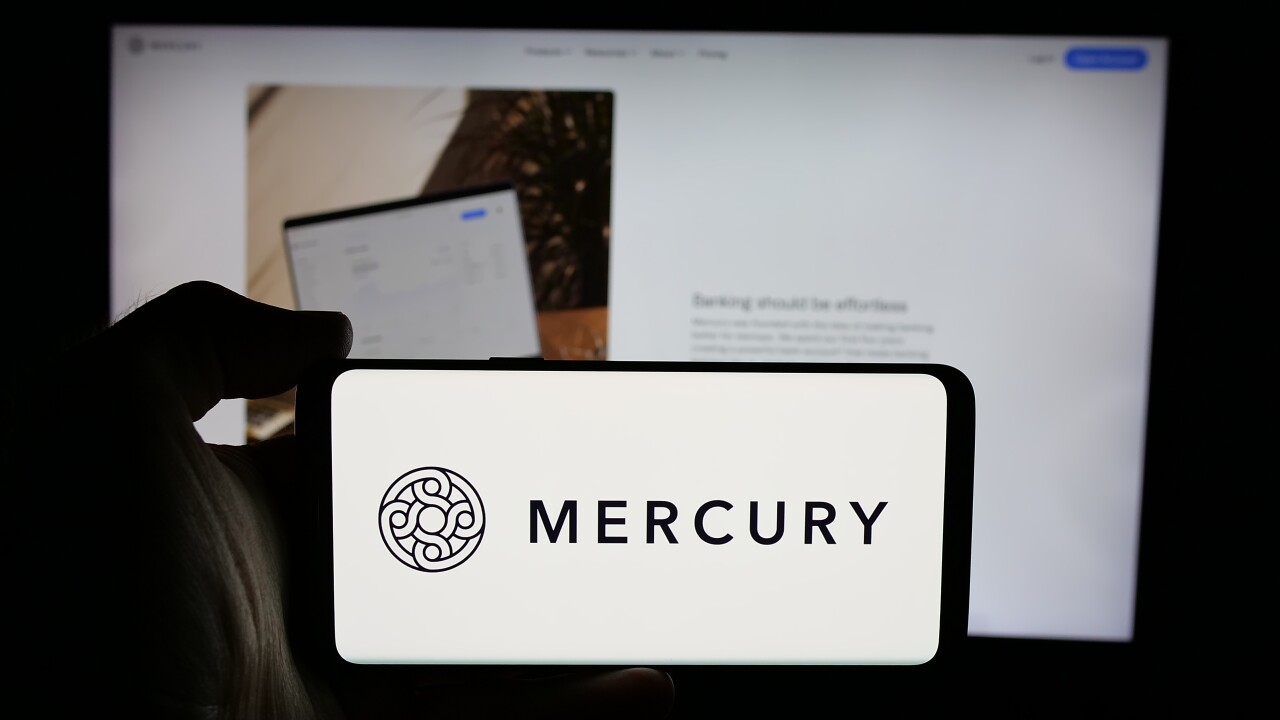-
m-Via has built a mobile payment network designed to provide immigrants with a low-cost, safe alternative to higher-fee money transfer services like Western Union.
November 15
International money transfer providers are quickly waking up to the fact that most of their remittance-heavy target market uses mobile phones as a primary tool, and that services that require visits to a physical location or access to a personal computer are unlikely to be a hit.
"Lots of our customers use mobile phones," says Julian King, senior vice president at online money transfer company Xoom. "And if you don't have a laptop or a computer at home, this is a convenient way to use our services." Xoom gets a lot of its business from remittance, or workers in the U.S. electronically sending money to other countries. It has launched a mobile app that lets users send money globally from their mobile devices. The money can be deposited in bank accounts in 30 countries, or made available as cash. The new mobile app, which was developed in partnership with Usablenet, can be accessed at m.xoom.com from any web enabled mobile device. It offers the same features of Xoom's regular website, such as the ability to send money, check the status of a transaction and see current exchange rates.
Xoom allows banks, credit unions, retailers and money transfer operators to build or expand their money transfer businesses without the complex logistical, technological and legal hurdles that accompany the operation of remittance businesses. It accomplishes this by establishing disbursement networks overseas, using web and mobile technology, and taking steps to ensure its operations are in compliance with the varied banking and anti-money-laundering rules and regulations of different nations.
The firm's bank participants in Canada, for example, include HSBC, CIBC and Citigroup. Its partners in Brazil include Banco Itau, Banamex in Mexico and BDO, BPI and PNB in the Philippines. Xoom was founded in 2011 in San Francisco, and is backed by Sequoia Capital, New Enterprise Associates and Fidelity Ventures.
"Our customers don't have to go to a physical location through our existing online service, and we're extending that model to the mobile platform" says King.
Xoom
The mobile channel can open access to financial services to a broader set of users, and help Xoom's partner banks grow their services among underbanked populations. Services such as Xoom and m-Via also
"It's part of a natural trend to take these services to the mobile channel," says Zil Bareisis, a senior analyst for Celent, noting that Western Union recently entered into a partnership with M-Pesa, the Kenyan mobile money network. That partnership lets customers in the U.S., U.K. and other countries to transfer money to a Safaricom/M-Pesa user's account and the receiver will get an SMS message from M-PESA notifying them that that the money is available in their account.
Usablenet, whose clients include American Airlines, Ambank, and Expedia, creates mobile versions of websites optimized for iPhone, Android, Nokia, Samsung and other handsets. It gauges the screen size, ability and format of a specific mobile device, and maps the web content to those parameters.
"We track the mobile device that the consumer is using, and the platform, based on [the client's] rules, creates a version that works on that phone," says Jason Taylor, head of platform strategy and innovation at Usablenet.





